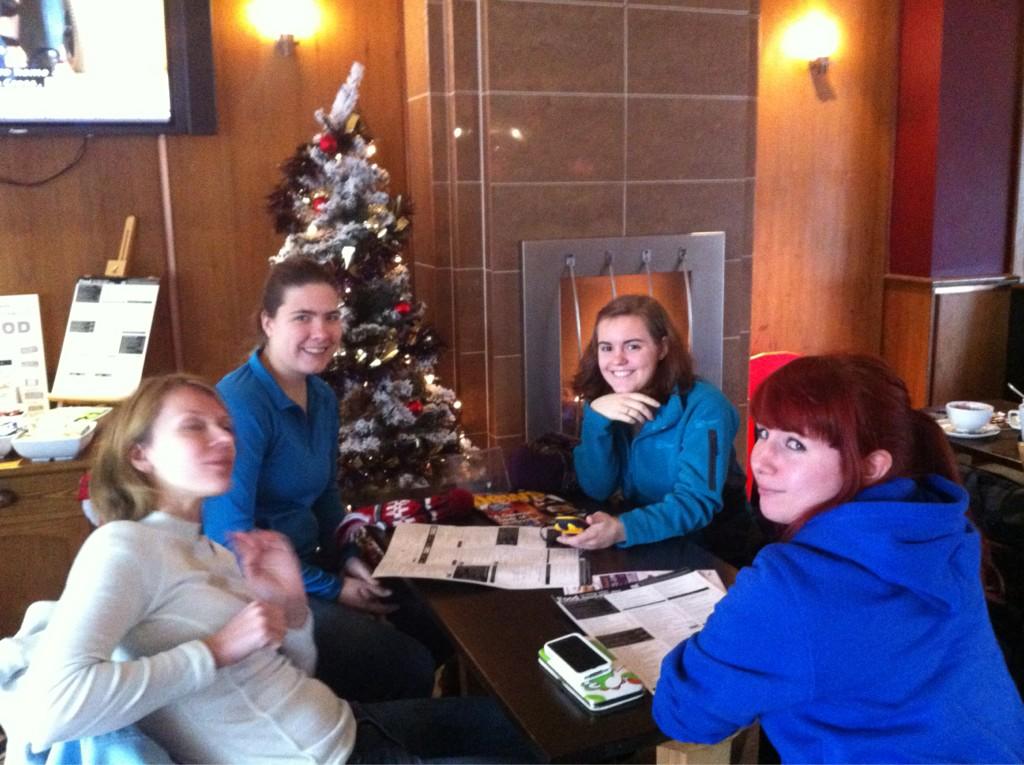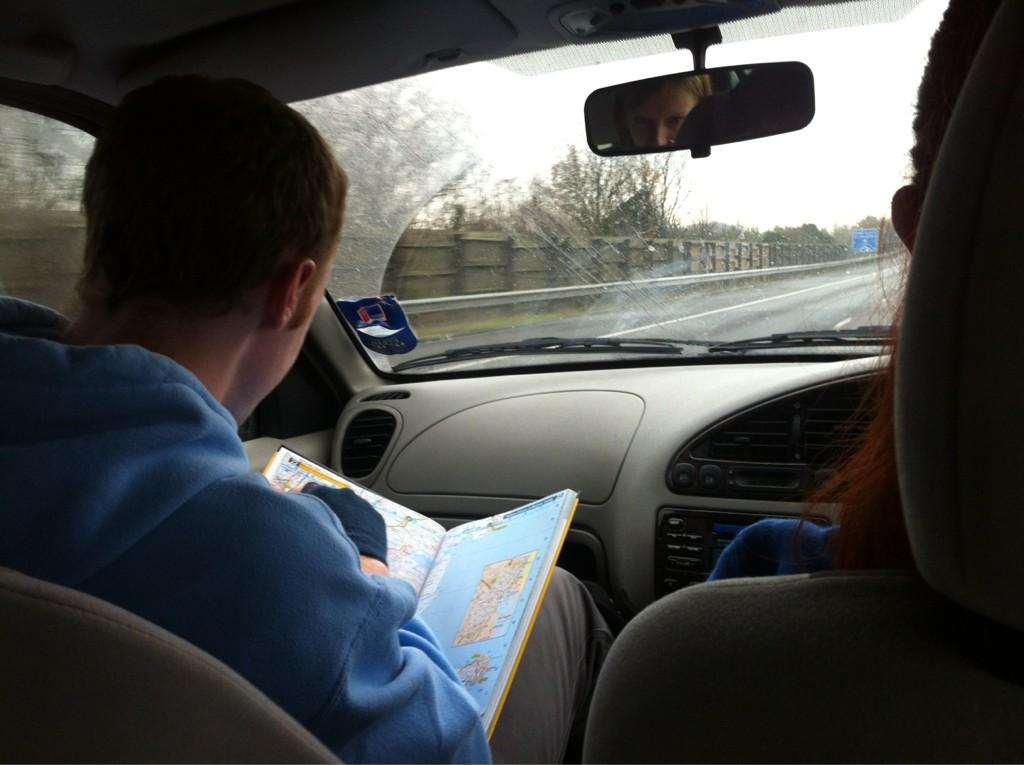In spite of last month's post on the difficulties of communicating the real side of doing science to the public and how we should focus more on how difficult it actually is to do anything, this month's is on our latest outreach attempt and being a massive hypocrite.
So yesterday the School of Environmental Sciences (ENV) at UEA were filming promotional videos to entice new undergraduates to come here next year; this was mostly interviews with current students and filming lectures but they needed something a bit more exciting. This was provided by one of Jon Stone's (@JonathanStone10) liquid nitrogen-powered volcanoes which are usually the highlight of ENV open days. On the promise of a free lunch, myself and Andrew Rushby (@andrewrushby), along with numerous others were roped into helping out.
How to build a liquid nitrogen volcano (probably best NOT to try this at home):
Ingredients:
- Liquid nitrogen, about 1l
- 2l plastic pop bottle
- Something to weigh the bottle down, we used a custom built metal cradle weighted down with bricks
- A large bin/barrel, this has to be strong enough to withstand the blast - we've lost a few lower quality bins this way; the eruption still works but ends up being more of a Mount Saint Helens style flank eruption rather than directing the blast upwards.
- Enough water to almost fill the the bin (leaving space to sink in the nitrogen bomb)
- Soft plastic balls, representing pyroclastic bombs
- We also added red food dye and strawberry jelly, to make the water/lava more visible on camera
Method:
- Put the bin a long way, probably at least 10m away from anything or anybody that could be affected by the blast, seriously you don't want to be too near this when it goes off, and fill with the water, food dye and jelly (the food dye and jelly aren't necessary but will look good if you use plenty); now you've got a full magma chamber.
- Set up an exclusion zone, 10m radius should be fine
- Add the plastic balls, don't use hard/solid ones they must be soft and hollow
- Half fill the weighted plastic bottle with liquid nitrogen (use a funnel, insulated gloves and a blast-proof visor for safety) and put the lid on - now you've got to move quickly!
- Drop the filled bottle upright into the bin
- RUN TO OUTSIDE THE EXCLUSION ZONE
- Wait for the liquid nitrogen to heat up and boil, the rapid expansion will cause the bottle to violently explode. This may take a couple of minutes DO NOT approach the bin in this time.
- Watch the rather spectacular results.
To film ours (as well as having the professional film crew to make the official video) we used a tree climbing catapult to string up a line about 4m (which wasn't anywhere near high enough to escape the blast) directly above the bin, hanging a waterproof GoPro camera which Andrew controlled via Wi-Fi with his iPad while I filmed from just outside the exclusion zone. This is the resultant footage, edited by Jon:
As you can see, it's pretty impressive, supposedly you could feel the explosion through most of the SCI Teaching Wall, and surprisingly the GoPro did survive, it just got a bit wet.
Now if you read my last post you can probably see why I feel like a bit of a hypocrite helping to promote the department in this way. Unfortunately this kind of exciting stuff is purely reserved for outreach, it's not really what you're going to be doing on a daily basis as an ENV undergrad, but that's just one of those things, you're never going to get a decent intake of students if all you show is undergrads looking down microscopes, doing mineral identification or map work, and for us it was a fun way to spend a day at work - even if the free lunch never did materialise.
The main highlight was actually just watching the crowd of undergraduates being filmed doing reaction shots after the eruption had already happened - it was painfully clear to see why we all do science rather than drama - hopefully that footage will surface at some point although I somehow doubt it'll be used in the promo video.



































